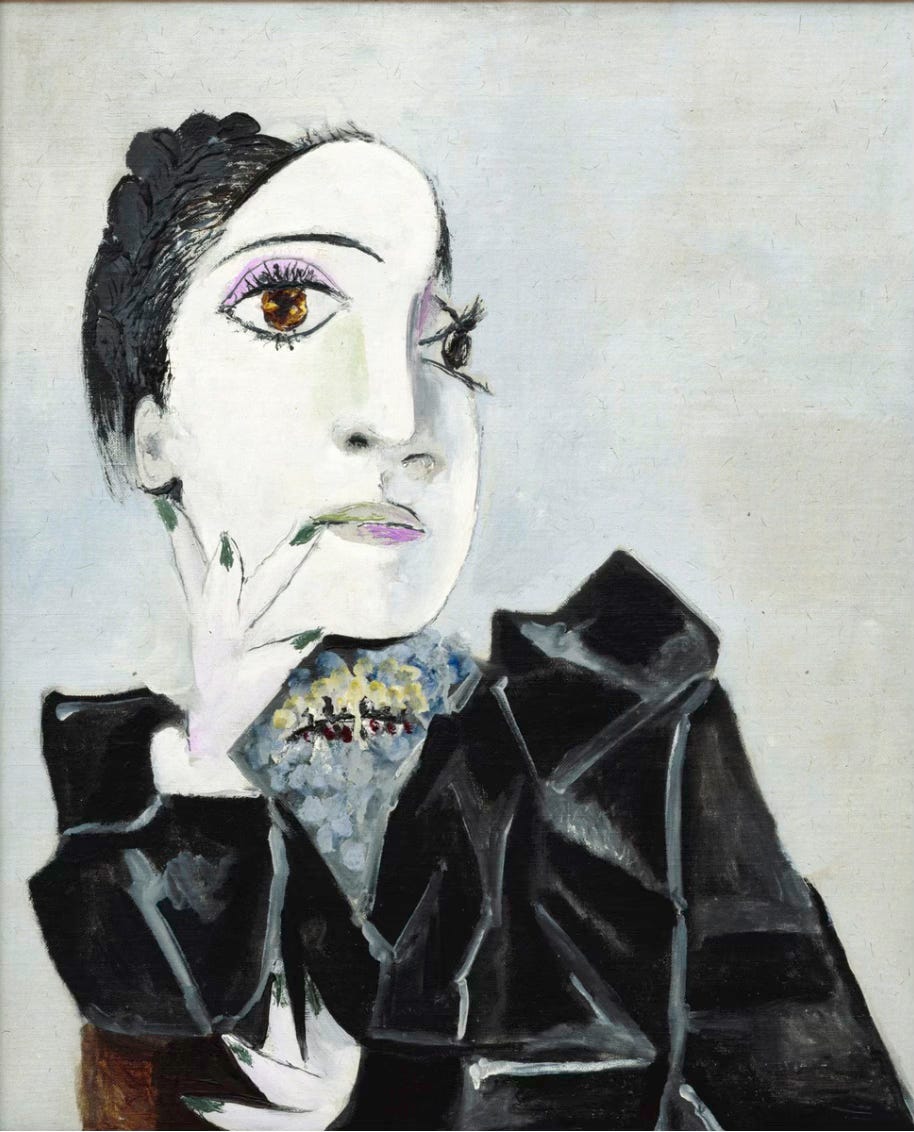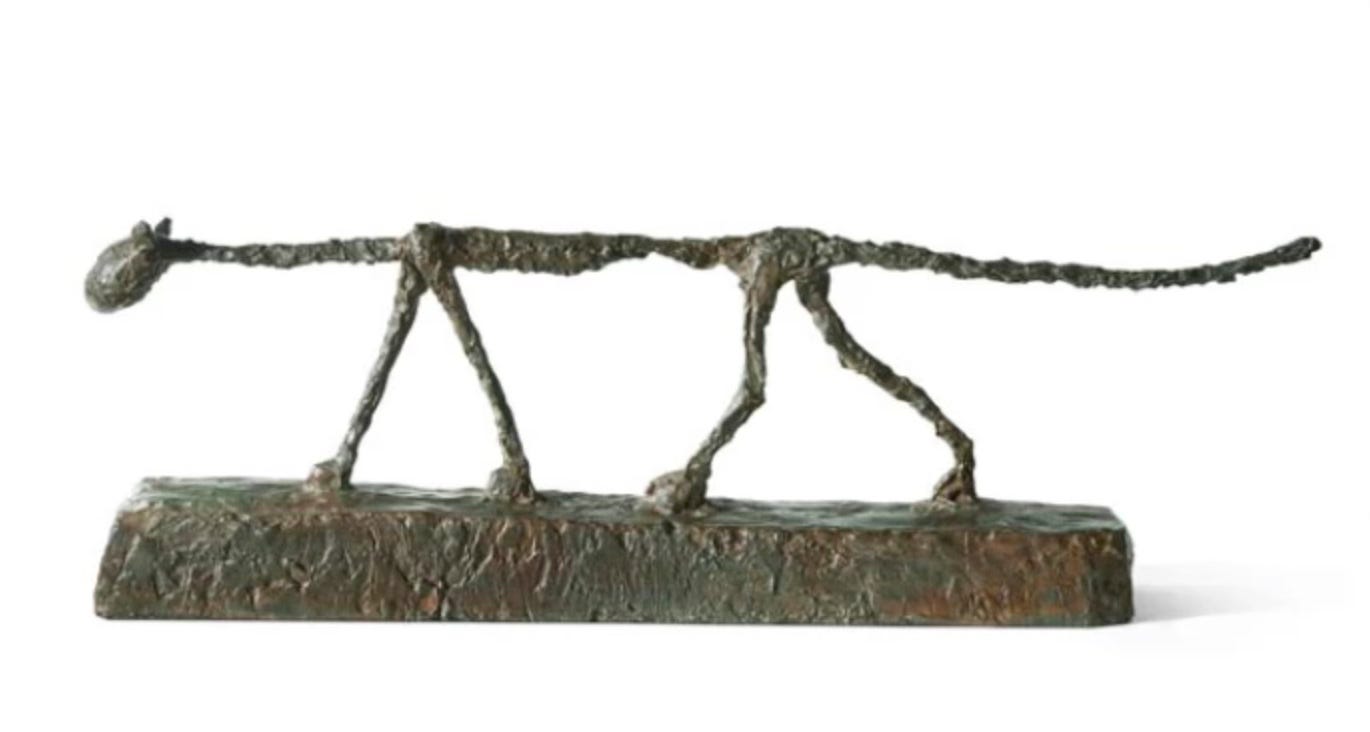“Cezanne, Klee, Braque, Maddock, Picassso…” spot the odd one out. The National Gallery of Australia’s Cezanne to Giacometti features 80 works from the collection of the Berggruen Museum - officially a branch of the Neue Nationalgalerie in Berlin, and 75 from its own holdings. It makes for some fascinating comparisons and a degree of hubris. Tasmania’s Bea Maddock is in august company on the entrance wall, but her only contributions to the show are two tiny figures made from plaster and wire coated with black wax.
These miniature sculptures from 1962-63 are surprisingly strong, but completely under the spell of Alberto Giacometti and Germaine Richier. Both sculptors were at the peak of their fame in the early 60s, their ravaged-looking figures being viewed as manifestations of French Existentialism. The two Maddock sculptures are displayed discreetly, alongside Giacometti’s 2.36 metre-high, Tall nude standing III (1960), and The Cat (1951) – a minor masterpiece of simplified form that captures the very essence of ‘catness’.
The same lopsided comparisons may be found throughout this exhibition, but the Aussies don’t fare as badly as might be expected. The reason is that they are never actually competing with the great European modernists. The Australians are disciples and apprentices, showing us what they’ve learned from the masters.
In terms of quality, the Berggruen Collection sets the bar very high indeed. A man of exacting tastes, Heinz Berggruen (1914-2007) was born in Berlin, but made his name in Paris as a legendary dealer in modern art, known for his generous donations to museums. The artists Berggruen collected in depth were Cezanne, Picasso, Braque, Klee, Matisse and Giacometti. The museum owns 120 works by Picasso and 70 by Klee. There would be even more Klees if he hadn’t gifted 90 of them to the Metropolitan Museum of Art, New York, in 1984.



